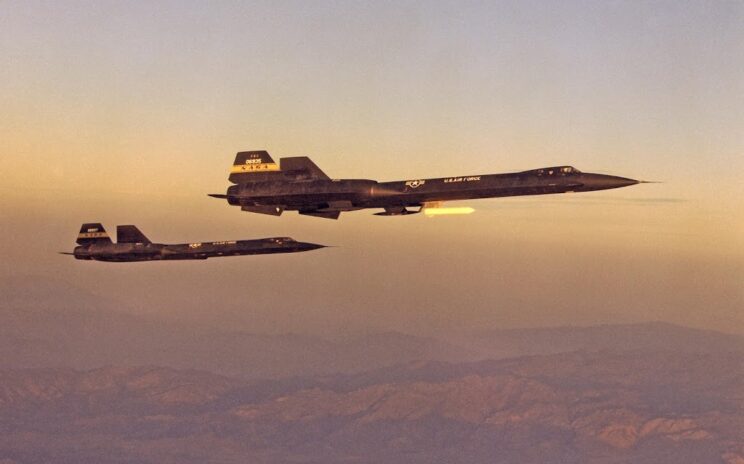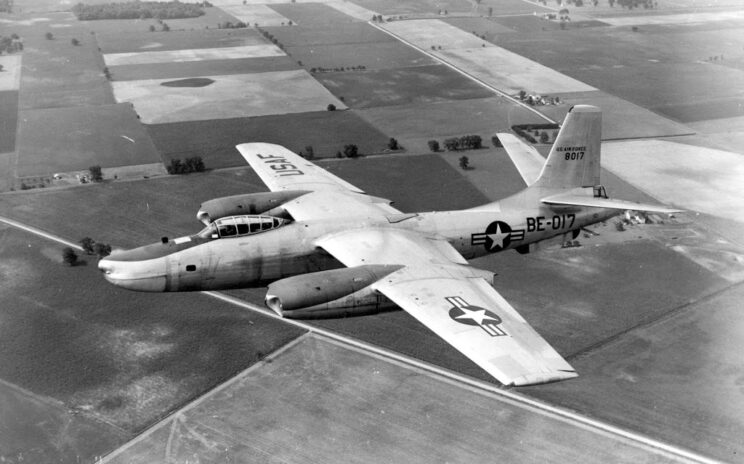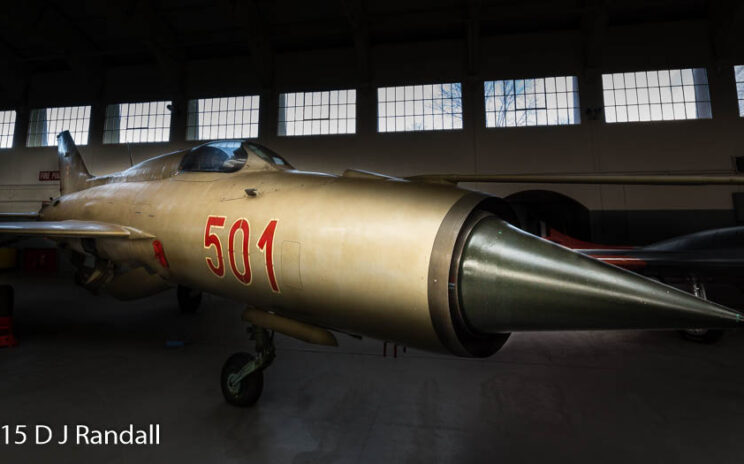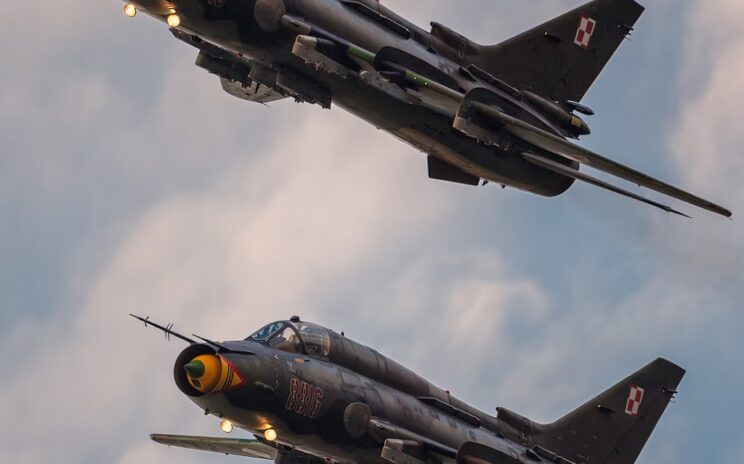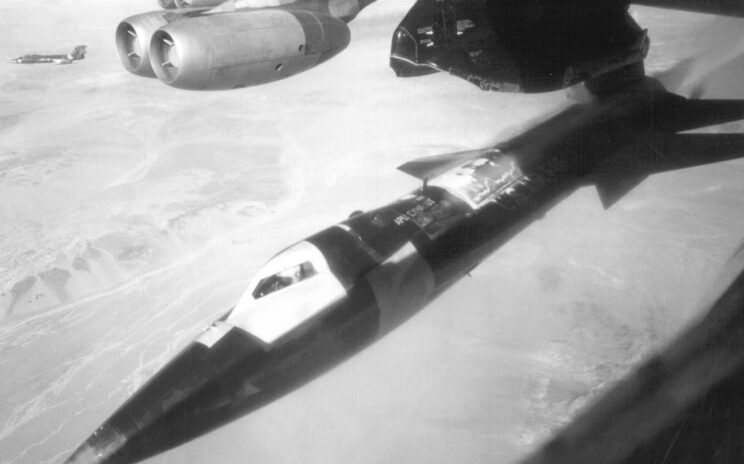Originally shared by +Gazing Skyward TV August 7th, 1963First flight of the Lockheed YF-12. The Lockheed YF-12 was an American prototype interceptor aircraft evaluated by the United States Air Force. The YF-12 was a twin-seat version of the secret single-seat Lockheed A-12 reconnaissance aircraft, which led to the U.S. Air Force's Lockheed SR-71 Blackbird twin-seat reconnaissance variant. The YF-12 set and held speed and altitude world records of over 2,000 mph and over 80,000 ft (later surpassed by the SR-71), and is the world's largest manned interceptor to date….. Source:Wikipedia, Lockheed YF-12: http://gstv.us/1J0jCND YouTube, The Lockheed YF-12: http://gstv.us/1J0jBta If you enjoy the "This Day in Aviation History" collection, you may enjoy some of these other collections from Gazing Skyward TV: http://gstv.us/GSTVcollections Photo from: http://gstv.us/2aZM5c7 #avgeek #Lockheed #YF12 #military #USAF #USA #aviation #history #fb
Originally shared by +Gazing Skyward TV March 17th, 1947First flight of the North American B-45 Tornado. The North American B-45 Tornado was the United States Air Force's first operational jet bomber, and the first multi-jet engined bomber in the world to be refuelled in midair. The B-45 was an important part of the United States's nuclear deterrent for several years in the early 1950s, but was rapidly succeeded by the Boeing B-47 Stratojet. B-45s and RB-45s served in the United States Air Force's Strategic Air Command from 1950 until 1959. It was also the first jet bomber of the NATO Alliance, which was formed in 1949….. Source:Wikipedia North American B-45 Tornado http://gstv.us/1Duy90K YouTube, North American XB-45 Tornado First Flight, March 17, 1947 http://gstv.us/1HWoIpA If you enjoy the "This Day in Aviation History" collection, you may enjoy some of these other collections from Gazing Skyward TV: http://gstv.us/GSTVcollections #avgeek #NorthAmerican #B45 #Tornado #military #USA#aviation #history #fb
Originally shared by +**** #albatroff #aviation #iwm #duxford #mig #fighter #military #museum #airplane #aircraft #aeroplane #miyokan #coldwar
Originally shared by +E-pic.se http://www.e-pic.se/Aircraft/Aircraft-sorted-by-type/Sukhoi/Sukhoi-Su-22M4/ The Sukhoi Su-17 / Su-22 (NATO reporting name: Fitter) is a Soviet variable-sweep wing fighter-bomber developed from the Sukhoi Su-7. It enjoyed a long career in Soviet, later Russian, service and was widely exported to Eastern Bloc, Middle Eastern air forces and Latin America as the Su-20 and Su-22. Seeking to improve low-speed and take-off/landing performance of the Su-7B fighter-bomber, in 1963 the Sukhoi OKB with input from TsAGI created a variable-sweep wing technology demonstrator. . A fixed inner wing simplified construction, allowing the manufacturer to retain the Su-7 landing gear and avoiding the need for complex pivoting underwing hardpoints, and it minimized the shift in the center of pressure relative to the center of mass with change in wing sweep. The new wing also had extensive leading-edge slats and trailing-edge flaps.The production aircraft was named Su-17 (NATO designation "Fitter-C") and was unofficially dubbed Strizh (Стриж, martlet) in service. Aside from the new wing, it differed from its predecessor Su-7 in having a new canopy and a dorsal fuselage spine for additional fuel and avionics. The Su-17 first flew on 1 July 1969 with E. K. Kukushev at the controls. A total of 2,867 Su-17 […]
Originally shared by +Gazing Skyward TV Aviation June 8th, 1959First un-powered flight of the North American X-15. The North American X-15 was a hypersonic rocket-powered aircraft operated by the United States Air Force and the National Aeronautics and Space Administration as part of the X-plane series of experimental aircraft. The X-15 set speed and altitude records in the 1960s, reaching the edge of outer space and returning with valuable data used in aircraft and spacecraft design. As of 2015, the X-15 holds the official world record for the highest speed ever reached by a manned, powered aircraft. Its maximum speed was 4,520 miles per hour (7,274 km/h), or Mach 6.72. During the X-15 program, 13 flights by eight pilots met the Air Force spaceflight criterion by exceeding the altitude of 50 miles (80 km), thus qualifying the pilots for astronaut status. The Air Force pilots qualified for astronaut wings immediately, while the civilian pilots were awarded NASA astronaut wings in 2005, 35 years after the last X-15 flight. The sole Navy pilot in the X-15 program never took the aircraft above the requisite 50 mile altitude. Of all the X-15 missions, two flights (by the same pilot) qualified as space […]
